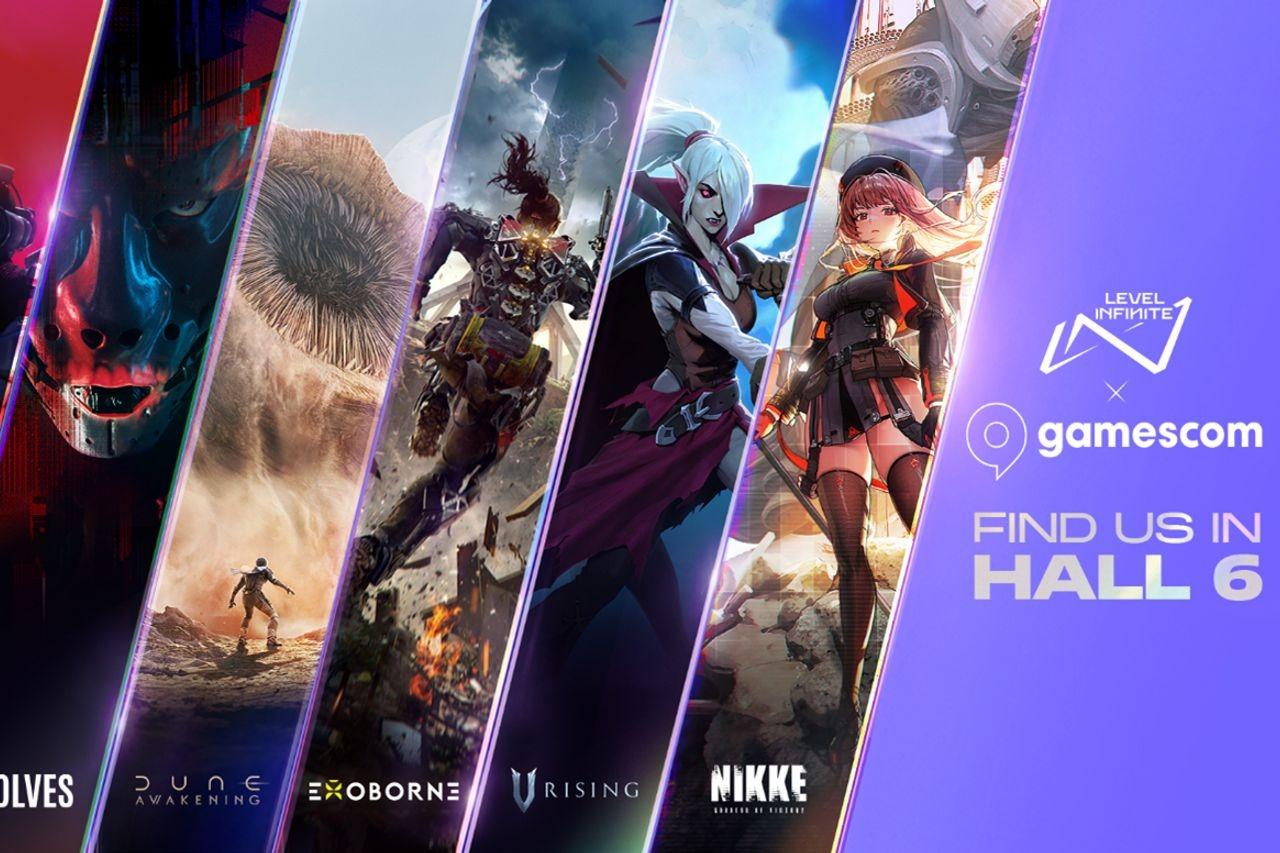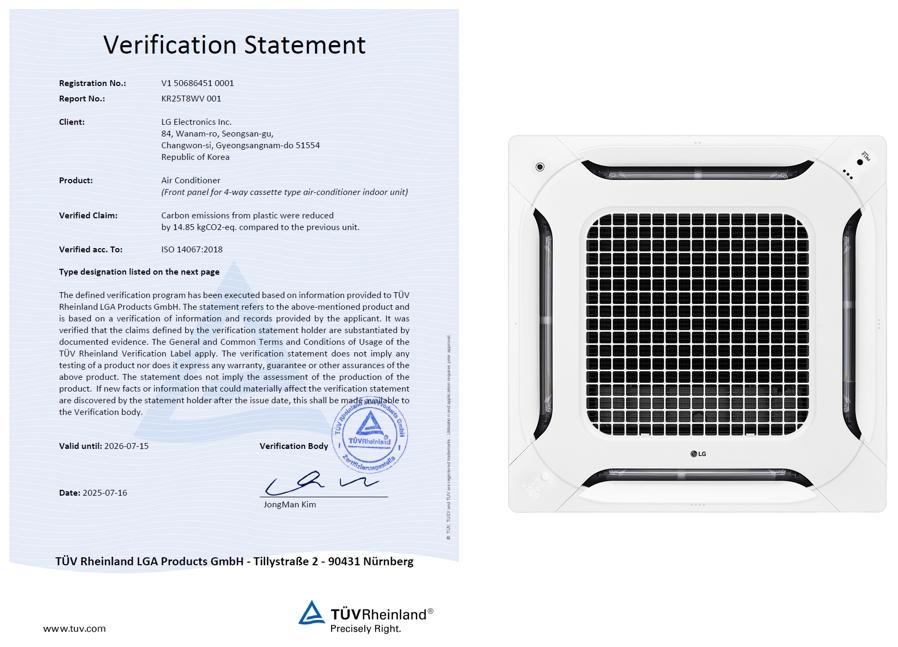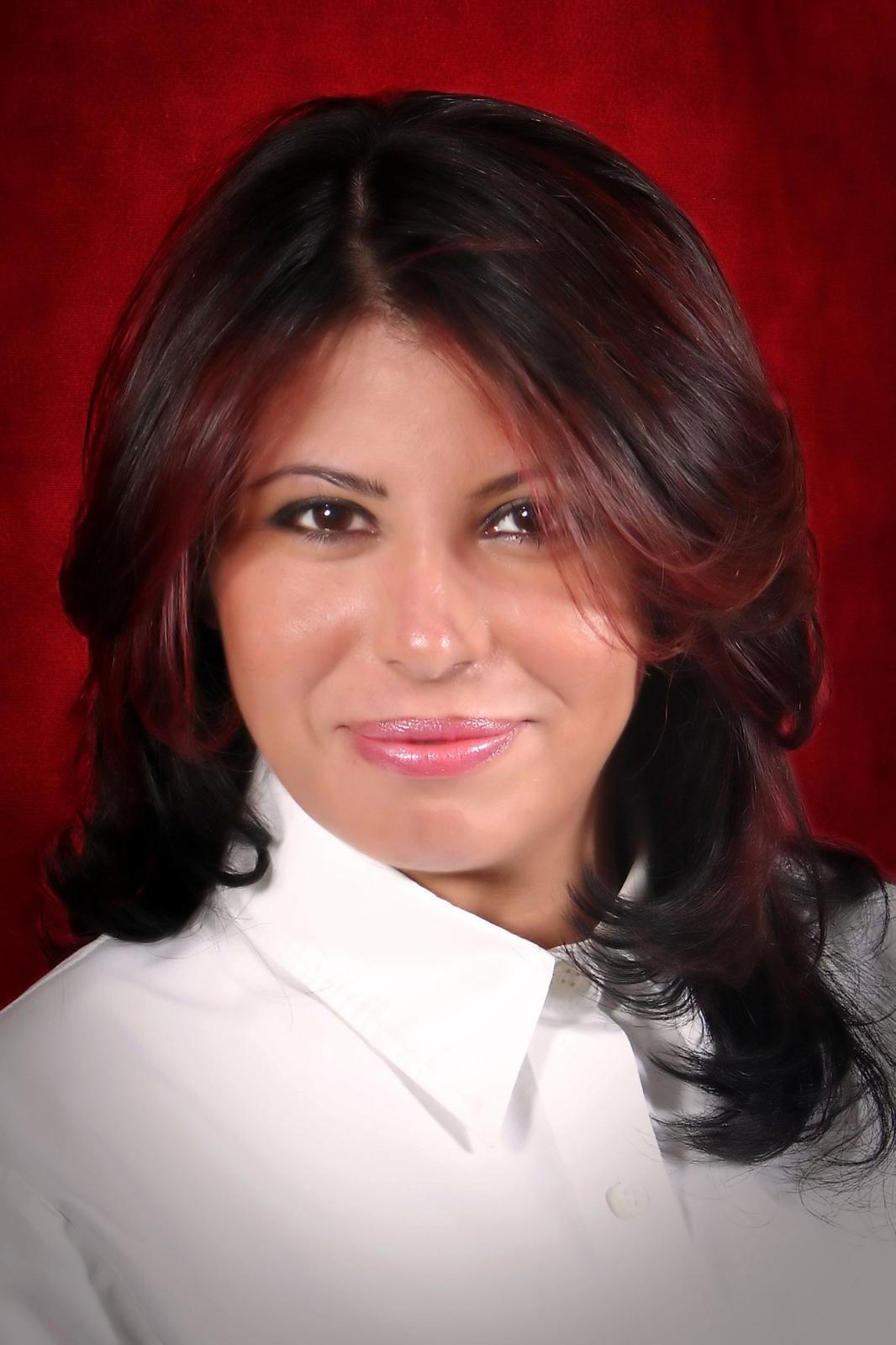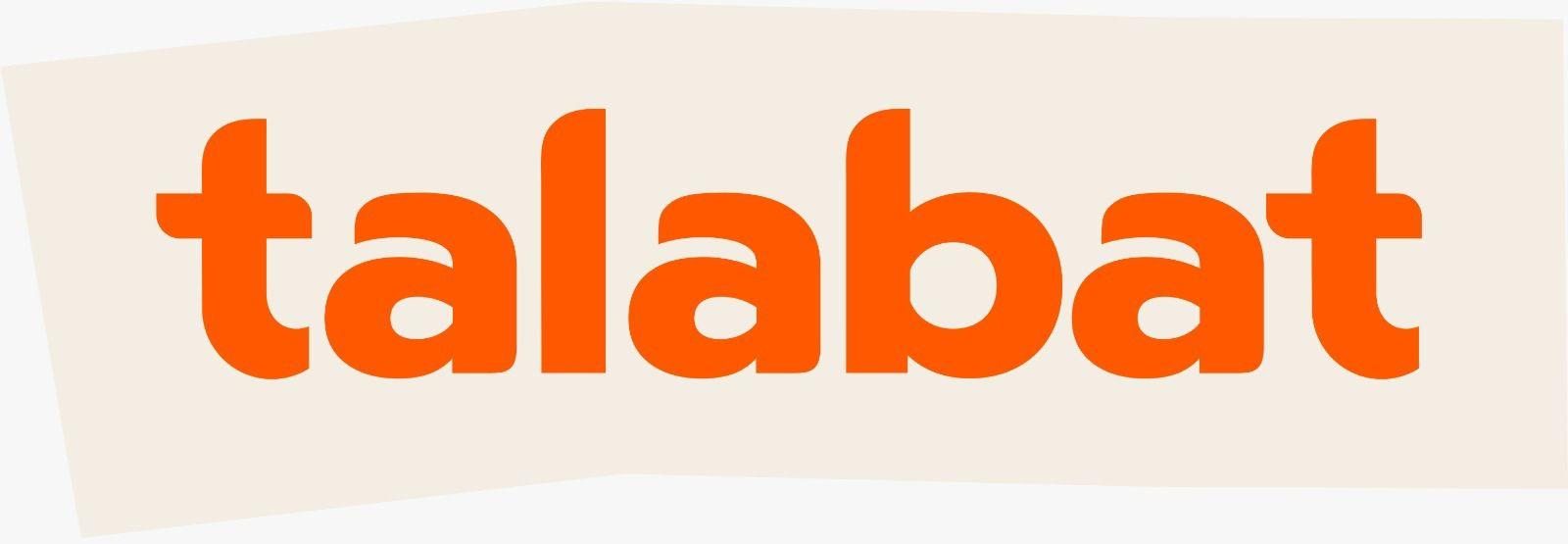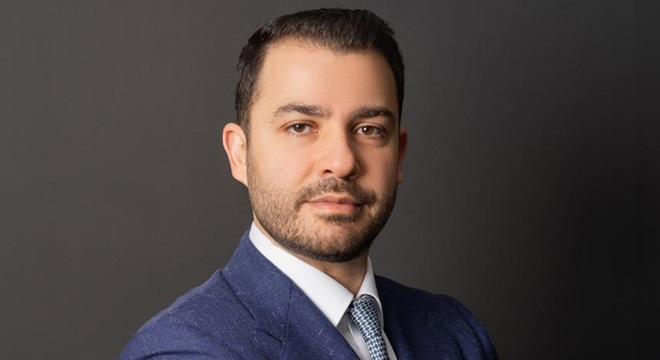By: Ghada Helmy
In-line with this year’s theme for UAE Innovation Month – ‘Influential Innovations’ – Mohamed bin Zayed University of Artificial Intelligence (MBZUAI) is celebrating its world-leading artificial intelligence (AI) research and development for industrial applications.
The university continues to deliver cutting-edge research and foster an ecosystem of AI practitioners, enabling Abu Dhabi to become a global hub for AI innovations. Most recently, the MBZUAI Incubation and Entrepreneurship Center (MIEC) celebrated 22 graduates in its first round of entrepreneurship courses, equipping them with the entrepreneurial skills, tools, and networks needed to commercialize their AI solutions in the UAE.
To coincide with UAE Innovation Month, here are five of the most influential innovations produced by MBZUAI and its partners since its inception in 2019:
1 - Jais – the world’s most advanced Arabic large language model (LLM)
The open-source release of Jais, the world’s highest-quality Arabic LLM, has delivered the benefits of generative AI to more than 400 million Arabic speakers globally. With a name inspired by UAE’s highest peak, Jais is a project led by Core42 (a G42 company), in partnership with MBZUAI and Cerebras Systems. MBZUAI’s influence on LLM research extends beyond Jais as it continues to champion green LLMs, underrepresented languages, and support full transparency to decentralize LLM training and development through its Institution of Foundational Models (IMF) and LLM360 framework, a joint initiative with Petuum and Cerebras Systems.
2 - AI Operating System (AIOS) – greening AI
While AI is helping fight climate change by making industries more efficient, AI has a sizeable carbon footprint of its own. To help combat this, the university pioneered the AI Operating System (AIOS), a technology designed to substantially reduce the three big costs of AI computing — energy, time, and talent. MBZUAI’s AIOS reduces AI computing energy costs by making models smaller, faster, more efficient, and less reliant on expensive hardware for AI creation. Smaller models require less computing power to train than larger ones. AIOS also directly speeds up the computing operations involved in training and serving AI models, which further reduces the time needed for training. Faculty and researchers are also working on several other sustainability-related research projects in a bid to help reduce global warming to 1.5 degrees Celsius.
3 - US patent for AI-based handwriting generation
A team from MBZUAI developed a computer vision solution that can mimic individual handwriting styles based on relatively small input samples. The university gained its first US patent for the technology, which has a range of potential applications, including as a tool for people who have lost the ability to write, and as an application to enhance the ability of machines to understand and transcribe handwritten script to digital text. The invention is one of 20 that MBZUAI faculty and students currently have registered with international patent organizations and underscores the university’s commitment to translating cutting-edge research into innovation.
4 - Using AI for remote patient monitoring and triaging
Faculty and researchers at MBZUAI are using a multidisciplinary AI approach to provide smart care for remote patient monitoring and reduce the burden the world’s aging population is having on health networks. MBZUAI’s team has been developing novel algorithms for human activity recognition; having already made significant progress and developed several hardware prototypes that will provide key functionality for the system. They will continue to test and optimize these prototypes and are seeking to establish a collaboration with a healthcare clinic to run a study to determine the effectiveness of the system in monitoring the health and safety of older people. Within a few years, it is hoped the system will be commercialized and available in hospitals, clinics, and the next generation of smart houses for the elderly such as in retirement villages and over 50s communities. Alongside this, much work is being down on healthcare in the metaverse or digital twin systems for people of all ages and abilities to be triaged from their home.
5 – Generating high-fidelity photorealistic 3D avatars for virtual telepresence
A team of researchers from the MBZUAI Metaverse Center (MMC), and collaborators from ETH Zurich, Vin AI, and Pinscreen, have introduced a new technology for generating high-fidelity photorealistic 3D avatars from a single photo, which can be animated using a webcam and potentially integrated sensors from a VR headset. Known as VOODOO 3D, researchers believe this telepresence technology will displace traditional video conferencing and in the future people will communicate, interact, and collaborate remotely in 3D as if they are in the same space. Compared to existing methods, this new generative AI approach is 3D aware, meaning that it can produce consistent expressions and likenesses from arbitrary views or any person in real time, which makes this solution suitable for holographic displays and VR headsets. The method is based on a new approach called volumetric disentanglement which uses AI to fully analyze how a face, its expressions, and its pose would look in a 3D neural radiance field, given an arbitrary input 2D photo. The team is now working on integration into popular VR headsets and is planning to open source the solution to encourage adoption of the technology by the academic community.






